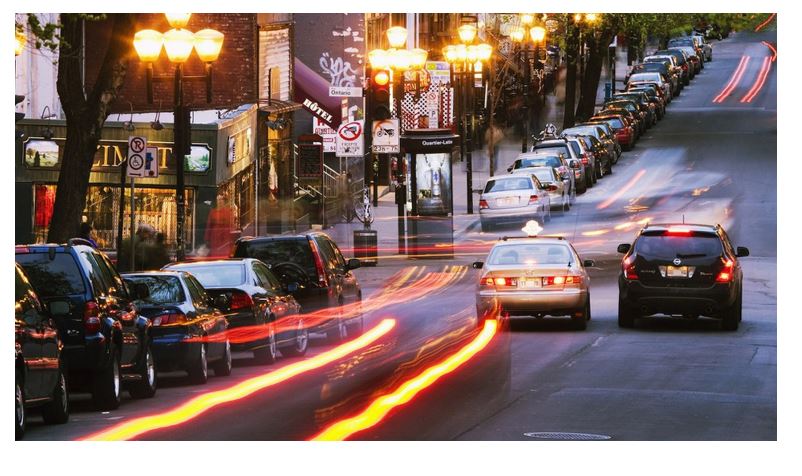

Cities worldwide are facing a bevy of challenges as they continue to grow rapidly, with congestion, air pollution, frustration, and stress on the part of citizens chief among them. A city’s parking ecosystem is an important part of this puzzle, and leaders are realizing they can use smart parking platforms to improve this key aspect of city life, especially if they use the new platform to introduce policies for dynamic pricing of parking resources.

Circling city blocks searching for an open parking space is a major cause of congestion and adds appreciably to a city’s emissions level, both of air pollutants and greenhouse gases. Today, most cities find it almost impossible to match parking supply with demand. Some city blocks are completely full, leading to drivers circling around until they get lucky or lose hope and just leave, while other blocks sit underutilized, leaving much-needed city revenue on the table.
Smart parking platforms utilize sensors to detect space occupancy and relay that to operators and drivers to improve outcomes. The ability to sense parking occupancy in near real-time provides operators and city officials with actionable data on their parking assets. They can see exactly what areas consistently experience a supply and demand mismatch, and then vary the parking fees they charge accordingly. Drivers are incentivized away from using higher value spaces and toward lower value ones. This is often called “demand” or “dynamic” pricing and will be a key tool for municipal operators going forward.
A few cities in the US have run pilot programs to explore dynamic pricing of parking. San Francisco’s program proved so successful that the city has recently expanded dynamic pricing to every single public parking space in the city, both on streets and in municipally owned garages and lots. In evaluating its pilot, the city found that while it did need to raise rates in the busiest neighborhoods, it was able to lower rates in many others. Where dynamic pricing was implemented, business picked up significantly along with revenues from sales tax. Seemingly, as drivers were able to find spaces easier in a district, they visited it more, and in busy places the slightly higher prices increased turnover of vehicles. Beyond improving both commerce and convenience to drivers, the city measured a drop in emissions and an easing of road congestion.
Dynamic pricing can be done in real time but doesn’t have to be. Citizens may balk at constant price fluctuation and many cities still require council approval for any price change. San Francisco revisited their pricing on a weekly basis. Cities may also not be able to raise rates as high as needed in the busiest places for similar reasons, but any move toward equilibrium price can still make a difference.
Given the early success and promise of demand pricing, we expect continued adoption in the near future. From the perspective of a smart parking technology provider, a solution that caters well to and enables dynamic pricing functionality will prove more enticing for operators.
To learn more about ARC’s coverage of the smart parking market, please visit our most recent study page.

